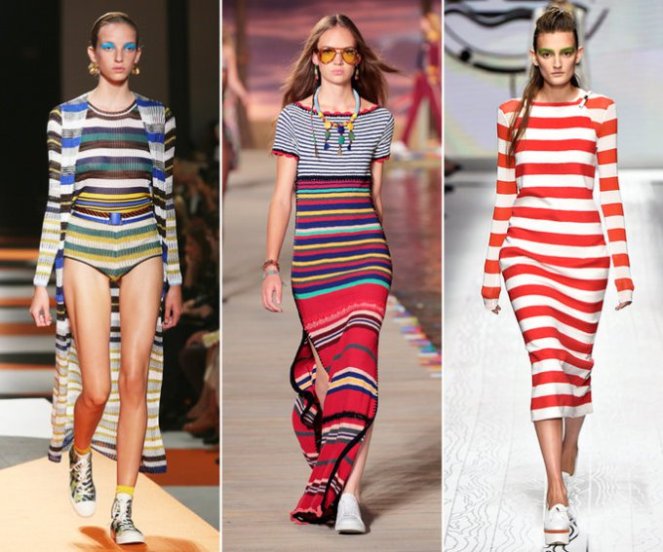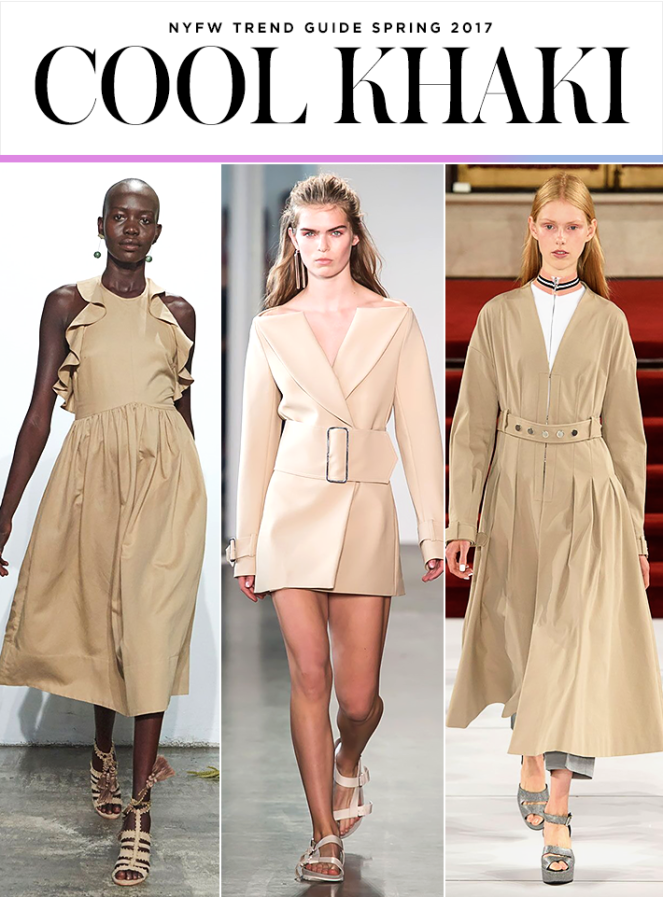Ripped jeans are the ultimate nod to Summer and with our first glimpse of warmer weather to come, now is the perfect time to consider updating your wardrobe. Whether you opt for the subtle option of simply distressing your denim or completely immerse yourself in the trend and rip or wrench your jeans into something resembling distressed shorts, i guarantee you can make the ripped jeans work for you.
Distressed denim has never really gone out of style and ripped jeans are the easiest way to achieve the look. Injecting an element of street wear edge into your casual day wear has never been easier and the ripped jean is probably more versatile than you think. You might assume torn jeans are difficult to style, but that’s because you’ve never been shown how or not shown properly anyway. Well, that’s all about to change. You can be styling them in no time as they’re versatile, easy to wear and add a bit of individuality to your look.
Ripped Jeans are the ultimate dressed down casual wear. They represent more than just jeans with holes. For maximum effect, we’d suggest pairing with a simple t-shirt and a pair of sneakers or desert boots. Distressed denim will give your everyday look an edgier aesthetic, but it’s worth remembering that the jeans should be the focal point of your outfit. Over complicating the look will make your outfit feel very unnatural and too over styled. We are aiming for effortless, not try hard.
Believe it or not, ripped jeans can be up-styled and incorporated into a smart wardrobe. Perfect if you have a casual office dress code, or if you’re looking to stray from your regular, uninspiring pair of standard blue rinse, straight or skinny jeans. With a smarter top half, attention is drawn away from the more casual, distressed aspect of your ripped jeans and with the right styling you can just about get away with it









